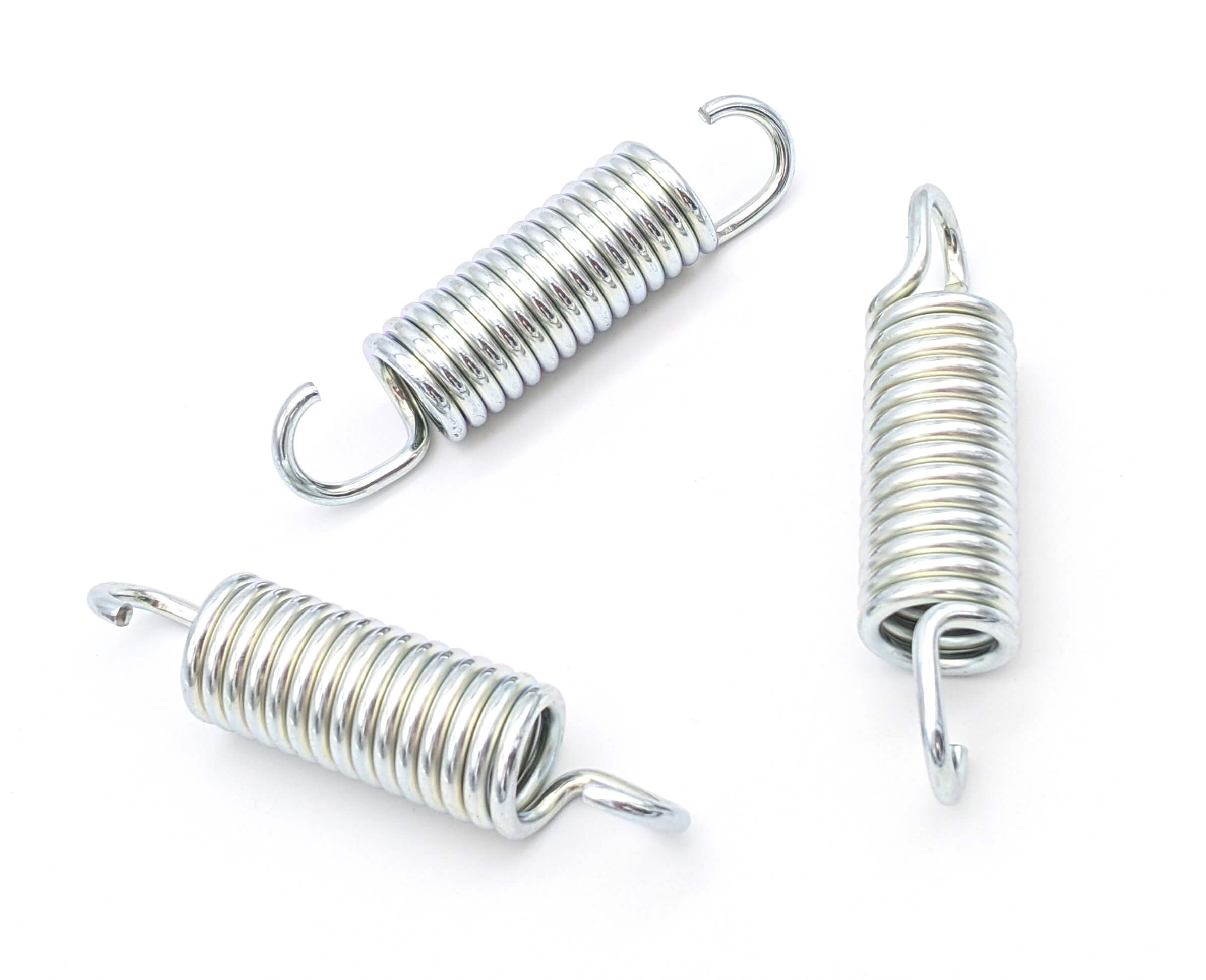Get unique, complex parts easily. No matter your requirements, Chaoyi Spring creates hard-to-produce coil springs and wire forms.
Let us help you create the custom wire form you need, from S-hooks and J-hooks to utility hooks and more.
We work closely with customers across a wide range of industries, helping them design and manufacture made-to-order parts.
Why choose Chaoyi Spring? We prioritize customer-focused collaboration, modern equipment and the latest technology to make your parts per print.
Find the information and guidance you need, from measuring a spring to learning about materials, placing an order and much more.
Have you ever wondered about the science behind compressing a coil spring? It seems like a simple action, but there's a fascinating world of physics and engineering principles at play.


Have you ever wondered about the science behind compressing a coil spring? It seems like a simple action, but there's a fascinating world of physics and engineering principles at play. This article delves into the mechanics of coil spring compression, exploring the forces involved, the relationship between compression and force, and the factors that influence spring behavior. We'll also touch upon the applications of coil springs in various industries and everyday life, highlighting their importance in our modern world.

At its core, compressing a coil spring is a demonstration of Hooke's Law, a fundamental principle in physics that governs the behavior of elastic materials. This law states that the force required to compress or extend a spring is directly proportional to the distance it is compressed or extended. In simpler terms, the more you compress a spring, the harder it pushes back.
Imagine a coil spring in its relaxed state. When you apply a force to compress it, you're essentially squeezing the coils closer together. This compression causes the spring to store potential energy. The stored energy is ready to be released as kinetic energy as soon as the applied force is removed, causing the spring to return to its original shape. This is why springs are often used as energy storage mechanisms, like in a toy wind-up car.
The amount of force required to compress a spring is influenced by several factors. These include:
Compressed coil springs find wide-ranging applications in various industries and everyday life. Some common examples include:
Selecting the correct coil spring for a specific application is crucial. The factors we discussed above, like spring constant, material, and geometry, need careful consideration. An improperly chosen spring could lead to inadequate performance, premature failure, or even safety hazards. It's always best to consult with a spring manufacturer or engineer to ensure you choose the most suitable spring for your needs.
While this article has focused on compression, coil springs exhibit various other behaviors. They can also be used in tension (stretched) or torsion (twisted). The principles of Hooke's Law and the factors we've discussed apply to these other modes of spring behavior as well.
Moreover, there are different types of springs besides the common coil spring. These include leaf springs, torsion springs, and even springs made from rubber or other elastic materials. The choice of spring type depends on the specific application and the desired performance characteristics.
In conclusion, understanding the mechanics of compressing a coil spring reveals a fascinating intersection of physics and engineering. From the basic principles of Hooke's Law to the diverse applications of springs in our world, this seemingly simple act of compression holds a wealth of knowledge. By carefully considering the factors that influence spring behavior, we can ensure the optimal performance of these essential components in various industries and aspects of our daily lives. The next time you see a coil spring, remember that a world of scientific principles is at work, silently powering the world around us.
Browse some of the custom wire forms and springs that we manufacture. Don’t see what you need? We specialize in made-to-order products that meet your application requirements.
Visit Our GalleryNeed a custom wire form or coil spring? We make it work. Fill out the contact form and a representative will respond within 1 business day. If you have a PDF or CAD file, you can submit to request a quote.